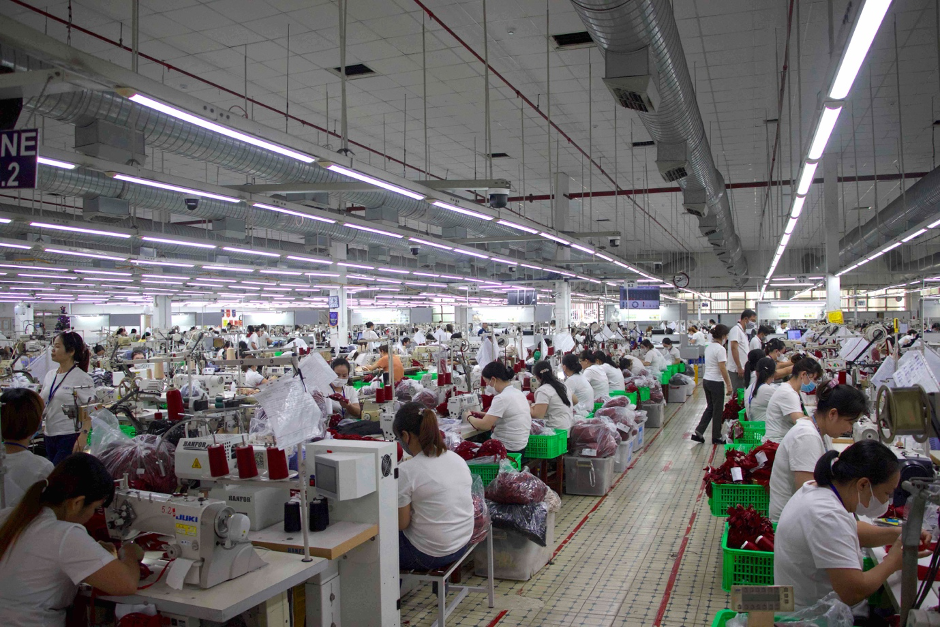
Workers work at a garment factory in Bien Hoa 2 industrial park, Dong Nai – Photo: H.Phuc
Many orders, many textile and garment enterprises increase labor recruitment
“We have many orders and have prepared resources, increased automation to help reduce labor costs to increase production for new orders,” a representative of TNG Investment and Trading Joint Stock Company told Tuoi Tre Online.
Every year, TNG supplies about 55 million garment products such as clothes, sportswear , etc. to brands such as Asmara, Decathlon, H&M and Walmart.
The US is currently the market with the largest proportion in the revenue structure of TNG's garment segment. This market contributes about 47%, followed by France with 15%.
With enough orders to produce until the end of the year and having just put into operation 45 more sewing lines, the company headquartered in Thai Nguyen , with about 19,000 workers, is recruiting about 3,000 more workers, ready to receive more orders in the near future.
A representative of TNG said that some partners with large quantities of products manufactured in Bangladesh are considering moving to Vietnam if the political situation in this country continues to be complicated. TNG will take advantage of this opportunity to get more orders and expects to reach its revenue target of VND7,900 billion this year.
In Ho Chi Minh City, Mr. Pham Quang Anh - CEO of Dony Garment Manufacturing Co., Ltd. said that the company is recruiting more workers, increasing by about 20% compared to the current workforce, ensuring production progress because there are enough production orders until March 2025.
The US is currently an important market, accounting for nearly half of Dony's annual exports. The company expects to receive more orders from US partners in the future given the current competitive trade situation.
“Two weeks ago, I met a long-time partner from the US. They are accelerating the trend of shifting orders out of China and placing orders with us for 6 product codes instead of just 1 code like before. We are gradually increasing our capacity to be ready to receive large orders from them, preparing for the 2026 World Cup season,” Mr. Quang Anh shared.
According to the survey results of the production and business situation of enterprises in the third quarter of 2024 by the General Statistics Office, the lack of skilled labor and orders are the two biggest difficulties for enterprises in the textile and footwear industry.
Accordingly, nearly 53% of garment manufacturing enterprises and nearly 25% of textile enterprises in the survey said they were facing difficulties due to not being able to recruit workers as required.
Mr. Vu Duc Giang, Chairman of the Vietnam Textile and Apparel Association (VITAS), said that many businesses in the industry have enough production orders until the end of the year and are negotiating for the first quarter of 2025. The recruitment process is still ongoing, especially in some key departments. “From the beginning of next year, businesses will recruit more workers because the market situation is quite positive,” Mr. Giang shared.
Pressure to increase productivity
A leading country in the textile industry, Bangladesh, is being affected by the gas crisis and political instability. Speaking to Tuoi Tre Online , Ms. Nguyen Phuong Chi, strategic director of Century Fiber, assessed that the instability in Bangladesh could continue to shift the global textile supply chain. Countries like Vietnam and India will receive more orders thanks to tariff advantages and stability in the supply chain.
At the same time, the trend of brands shifting orders out of China is expected to increase sharply in the coming time, to avoid the risk of high tariffs when importing to the US.
But textile orders will not only flow to Vietnam but also be shared with businesses in countries like India and Indonesia.
At the same time, the immediate challenge is recruiting enough production workers. Many workers have moved to other industries or returned to their hometowns during the economic downturn, so recruiting is not easy at present.
Ms. Chi also said that businesses need to prepare scenarios in case Vietnam is put on the currency manipulation monitoring list if Mr. Trump returns to the White House and imposes tariffs under Section 301.
“This could affect the exchange rate, which is a very important factor for export businesses. Businesses in Vietnam will have to be very flexible in the coming time,” said Ms. Chi.
In the first 9 months of 2024, Vietnam's textile and garment export turnover (including fibers, yarns, textiles, curtain fabrics and technical fabrics) reached more than 31 billion USD, an increase of nearly 10% over the same period last year.
The US continues to be Vietnam's leading textile and garment export market with a turnover of 12 billion USD, an increase of more than 9% over the same period last year.



![[Photo] General Secretary To Lam works with the Party Committee of the Fatherland Front and Central organizations](https://vphoto.vietnam.vn/thumb/1200x675/vietnam/resource/IMAGE/2025/6/23/a252b388e91447ac8fabf948c00f2a21)


![[Photo] Prime Minister Pham Minh Chinh chairs conference to accelerate disbursement of public investment capital, deploy key projects and eliminate temporary and dilapidated houses](https://vphoto.vietnam.vn/thumb/1200x675/vietnam/resource/IMAGE/2025/6/23/fcb205e3ca19432eac326f55123308f4)
![[Photo] Prime Minister Pham Minh Chinh chairs national online conference on new rural construction and poverty reduction](https://vphoto.vietnam.vn/thumb/1200x675/vietnam/resource/IMAGE/2025/6/23/0d239726be21479db1ea6d8d77691a6d)




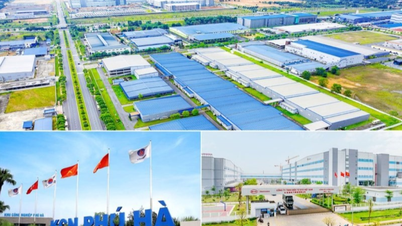

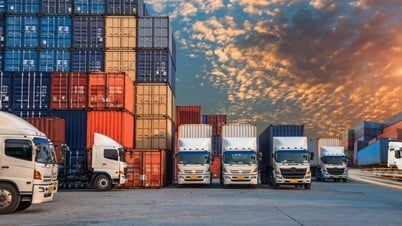

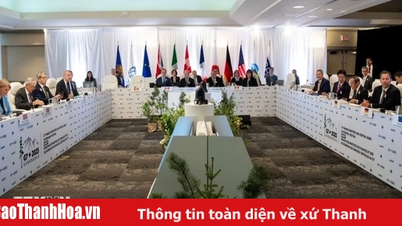






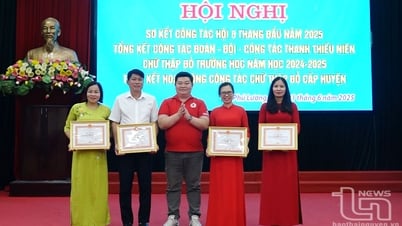
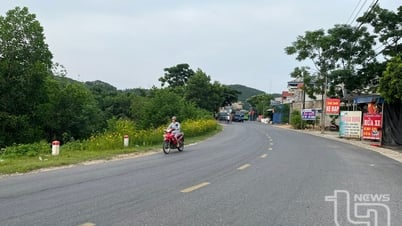









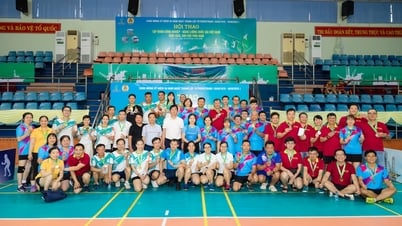
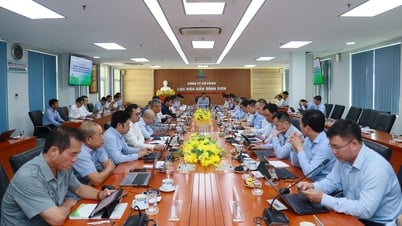
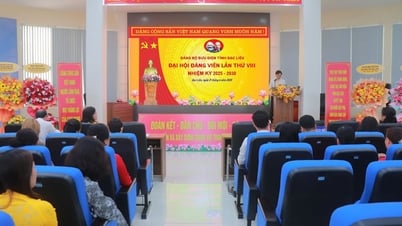






















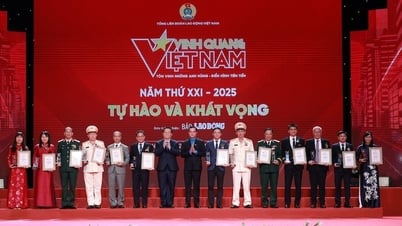

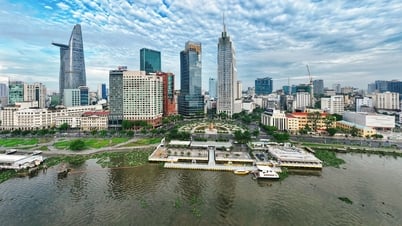



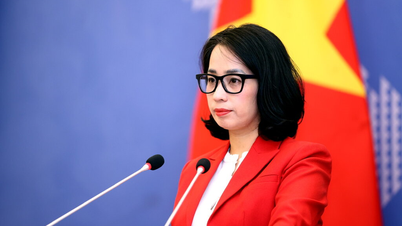














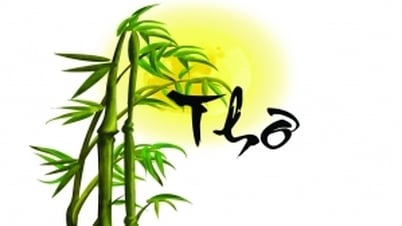








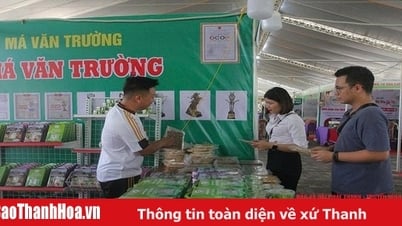
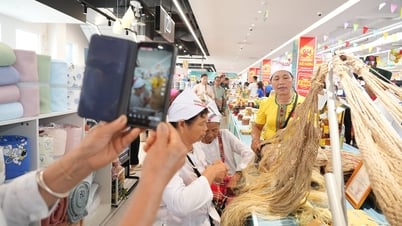



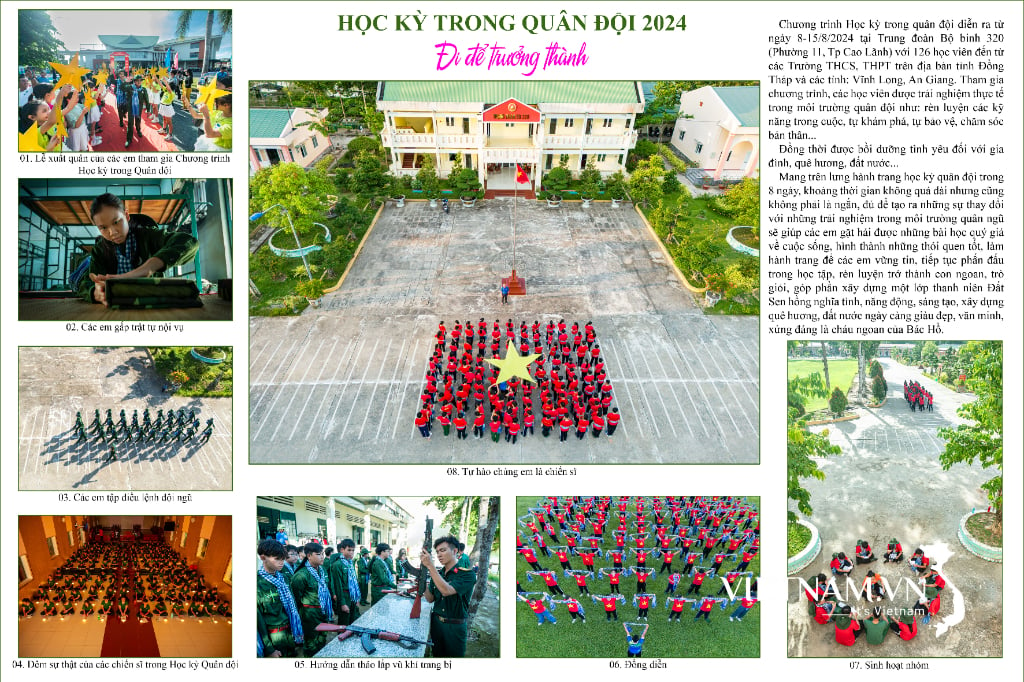
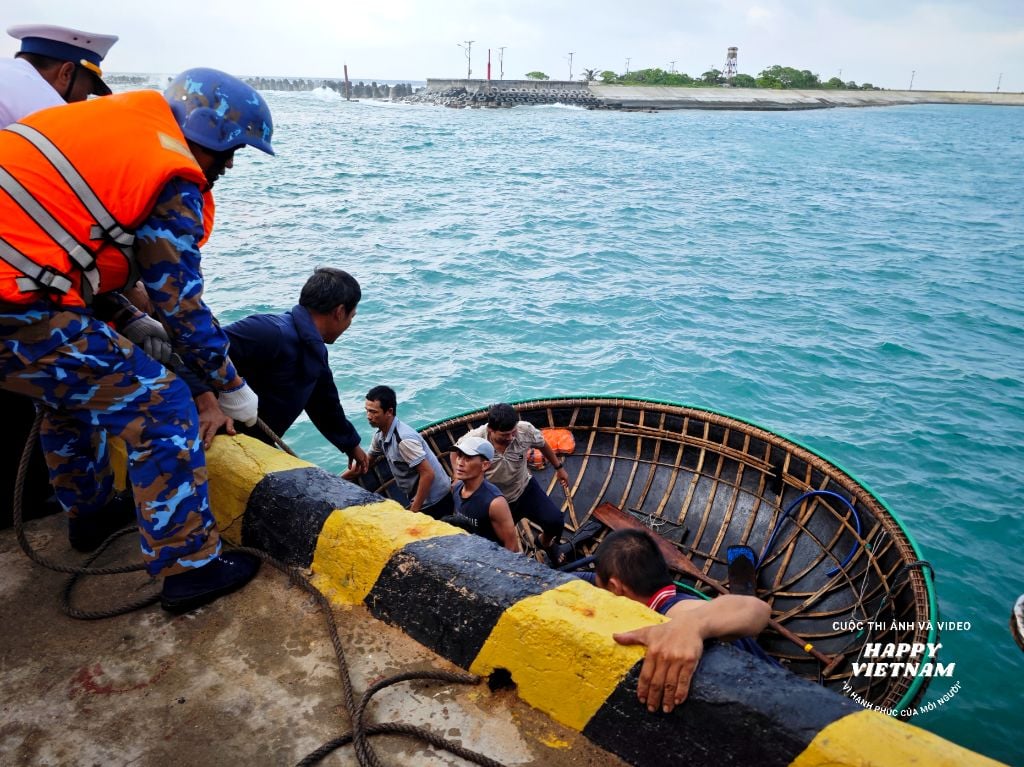

Comment (0)